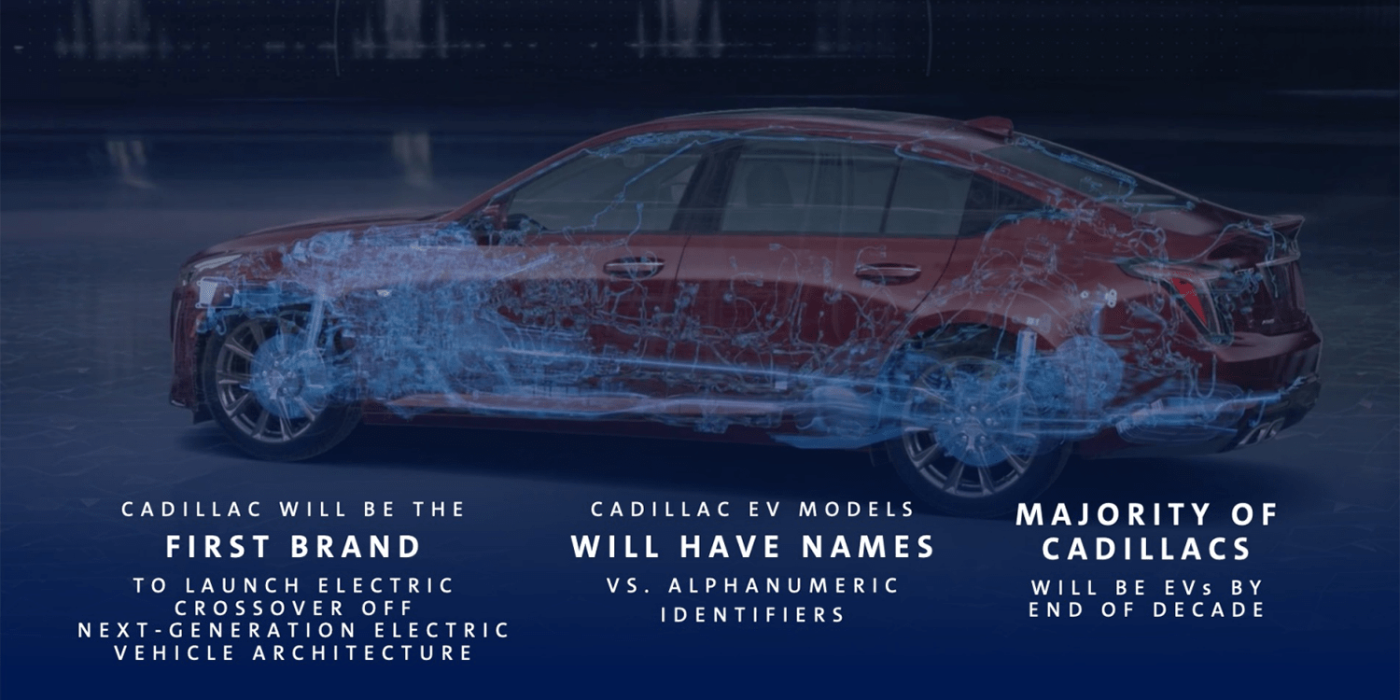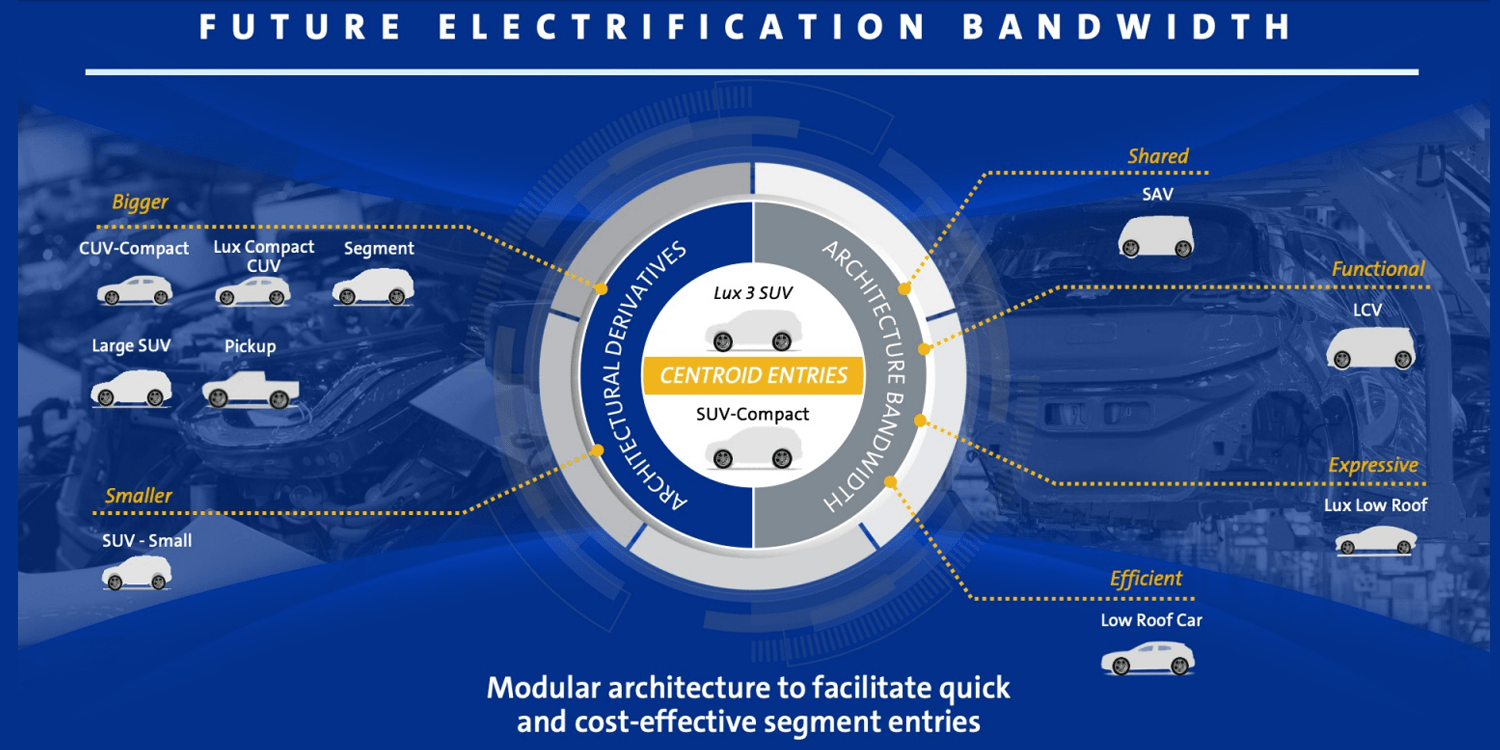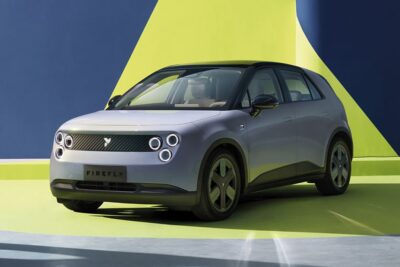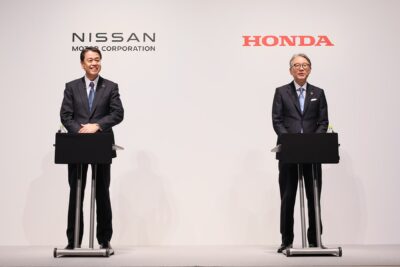First GM model on new e-platform is a Cadillac
General Motors has revealed their updated electric vehicle platform and roadmap. The first model based on the new platform will be a crossover from Cadillac and will be presented in April.
GM announced the new roadmap, model and platform at its Capital Markets Day. Since GM announced the first electric model for April, it is likely to premiere at or shortly before the New York Motor Show. The Cadillac electric SUV will then be followed by the Hummer EV, which was confirmed at the end of January. Cadillac has long been named as the first candidate for the newly developed GM platform BEV3, and a teaser picture of the e-crossover was even published over a year ago.
At the time GM confirmed that Cadillac should be positioned as the leading brand for future electric models of the group. Now, at the Capital Market Day, GM President Mark Reuss now said that Cadillac “will offer mostly electric vehicles by the end of this decade.” He also announced that the electric models will have “names that are words,” unlike many of the internal combustion models that rely on a combination of letters and numbers like CT4 or XT6.
Reuss has high hopes for the electrical platform. The flexible architecture should be suitable for a wide range of segments and body shapes. “Nobody we know has this combination of these levels of flexibility, speed, and scale,” he said. For example, the new on-board system is up to five times faster than current GM platforms, which should allow a data flow of 4.5 terabytes per hour. According to Reuss, the platform will thus be equipped not only for electric driving but also for autonomous driving.
In addition to the data network, the core of the platform is the modular battery architecture. Here, Reuss used the analogy of an ice cube tray: “You can put in as much water to make as many cubes as you need,” he said. For smaller BEVs, one could stack six modules, but also “8, 10, 12 or even 24 (modules) stacked on top of each other”. Reuss did not specify which capacities, energy densities and charging capacities are possible. He referred to an “EV Day” which is to take place in March.
With the modular batteries, GM primarily wants to be able to react quickly to market demand. “The system allows us to be as agile as the market dictates, never locked into any one thing,” Reuss explained. “We can adjust on the fly if we need to. It also means we’re not spending money validating way more designs than necessary. We just swap the configuration,” said Reuss. In practice, he insists that this means, “We can go to variant X, Y, and Z quickly. We will introduce multiple models a year.”
Preparations for the E offensive at GM are also underway elsewhere: The plant in Detroit-Hamtramck is to be converted into a pure electric car plant with investments of 2.2 billion dollars. The plant will build “a variety of all-electric pickup trucks and SUVs”. In the neighbouring US state of Ohio, GM wants to build its own battery cell factory together with LG Chem for 2.3 billion dollars.
This collaboration with LG Chem, recently consolidated in a joint venture, has brought about a number of aspects of which General Motors is obviously quite proud – in particular, the platform’s vertical integration of the battery and intellectual property regarding electrification. He said that GM will be “the first full-line OEM to vertically integrate and manufacture battery cells.” Reuss said that the development of the battery chemistry undertaken with LG Chem could become a “new revenue stream for us down the road.” Reuss reiterated statements from GM’s CEO Mary Barra earlier in the day claiming they will be making the company’s batteries completely recyclable.






1 Comment